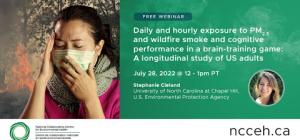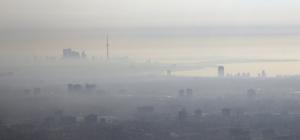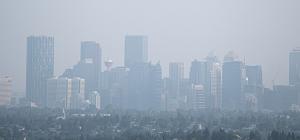
Exposure to Traffic-Related Air Pollution and Perinatal Health
The period between conception and early childhood when vital organs are forming and rapidly developing is the most vulnerable of life stages to the effects of toxic environment exposures, including traffic-related air pollution (TRAP). Epidemiologic studies on preterm birth have consistently shown elevated risks with a number of measures of TRAP, including distance of residence from traffic corridors, traffic volume, air pollution surrogates, particularly PM2.5, and modeled estimates. Fetal exposure to traffic-related pollutants is not consistently associated with indicators of fetal growth, including low birth weight, small for gestational age, and intrauterine growth restriction. There is very limited evidence of weak associations between TRAP and perinatal mortality and congenital abnormalities. Further research on the potential for perinatal health effects due to exposure to TRAP is warranted, given that TRAP is a common exposure, and that there are long-term health implications associated with poor perinatal health.








